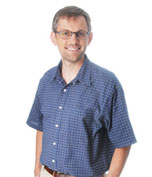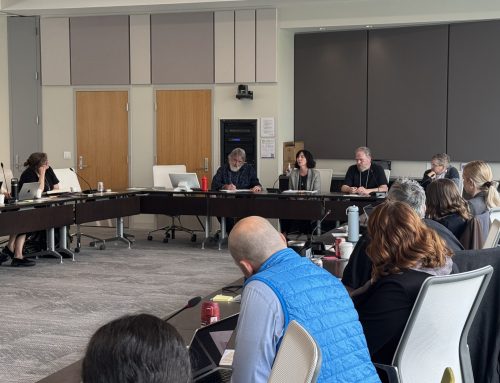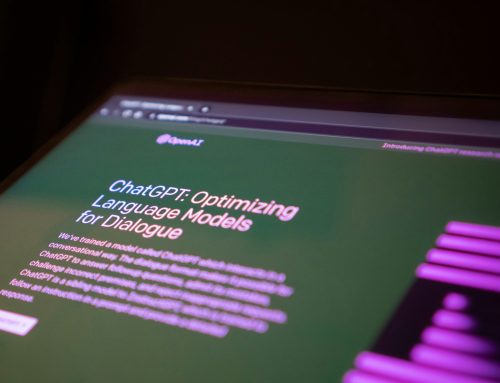Cross-posted from Dan Hicks’ personal blog.
Starting in September, I will be an AAAS Science and Technology Policy Fellow, working in the EPA’s Chemical Safety for Sustainability [CSS] program.
I’ve actually known about this for almost two months, but only received the paperwork making things official this week. (I’m taking this as my first introduction to the lightning-fast pace of the federal government.)
What I’ll Be Doing
You can read a little bit about my experience interviewing for this program, and my developing views on the value of philosophy in policy settings, in this post.
My interview with CSS was among the most interesting and intriguing discussions that I had during a very full week of interesting and intriguing discussions all over DC. For 50 or 60 years, animal models — lab rats — have been the standard for toxicology tests. Some people (especially industry representatives) have pushed for prioritizing epidemiological evidence, but the EPA has focused on animal models.[1]
Of course, biology has developed quite a bit over the last several decades! CSS is involved with a number of initiatives to develop new toxicology standards, using (as I understand it) three kinds of models or experiments: in vitro automated experiments (click that link to read about Tox21 in the New York Times; click here to watch the robot in action; and here’s another video, with a close-up view of a similar automated system); computer models of organs and tissues; and “systems models” (I’m not sure what these are).
I’ll be working directly with the scientists developing these methods, and focusing on three sets of questions:
- How does the evidence that we get from these new methods compare to the evidence we get from animal models? What are their epistemic strengths and limitations? How can we combine evidence from several different methods to reach conclusions about toxicity? (And what do we do when the different methods disagree?)
- What roles do, and should, non-epistemic considerations play in setting standards for these methods? To make a simple inductive risk argument: the standards and assumptions that get built into the models will eventually have direct regulatory implications, which in turn will directly influence human health and industry profits. But CSS is in the research arm of the EPA, not the regulatory arm. So how should health and economic considerations influence the standards and assumptions used by the research arm?
- How do we communicate the conclusions that we reach under the first two sets of questions? Initially, I’ll be focusing on how to communicate the work done in the research arm to the regulatory arm — from the scientists designing the new methods to the people who use them to make decisions. But, at the same time, I’ll be thinking about how to communicate with non-technical policymakers and the general public.
While I haven’t done any work on toxicology before, it should be clear to anyone who knows me that my expertise and interests as a philosopher of science are relevant to all three of these problems. All together, this is a chance to do cutting-edge philosophy of science, with a group of scientists developing cutting-edge toxicology, on a problem of immense social significance. In other words: my dream job.
Philosophers as S&TP Fellows
When I went to DC for finalist week in April, I used my temporary access to the alumni directory — a database of all previous S&TP fellows — to search for philosophers who had been in the program before. A keyword search for “philosophy” turned up a few matches, but no one with a PhD in philosophy or philosophy of science. Based on this, I’ve been telling people that I think I’m the first PhD philosopher to participate in this program.
Once I had access as a fellow, I tried some other searches, and discovered that in fact several philosophers have proceeded me. Here’s the list of everyone I’ve found so far:
- Stanislaus Dundon
- Carl Cranor
- David Cole
- John Hare
- Constance Kagan
- Andrea King
- Jerry Martin
- Bill Puka
- Lisa Portmess
- David Pomerantz
- Clifton Perry
- Wendy Parker
- Jane Uebelhoer
Except for Wendy Parker, these philosophers all held fellowships in Congressional offices in the 1980s, sponsored by the American Philosophical Association. I believe this was the Congressional Fellowship Program funded by the Mellon Foundation in 1979 and 1982. Wendy Parker’s fellowship was sponsored by the American Meteorological Association.
It would be interesting to find out more about the APA’s Congressional Fellowship Program, but I haven’t been able to find much more online than this Washington Post piece from 1982.
Unlike these forerunners, I will be in an executive branch office, and my fellowship will be sponsored by the EPA. Since everyone proceeding me was in Congressional offices, I’m guessing they worked on policy-for-science issues. (Or maybe policy generally; some of the people in that list appear to be ethicists rather than philosophers of science.) My work will be science-for-policy.
- Epidemiological evidence is based on data from actual human beings — surveys, exposure and medical records, and so on — and so doesn’t involve the extrapolation from rats (or other non-human animals) to humans. On the other hand, epidemiological evidence requires a lot of time and money, even relative to animal models, and causal attribution can be very difficult because you don’t get tidy experimental controls. ↩






